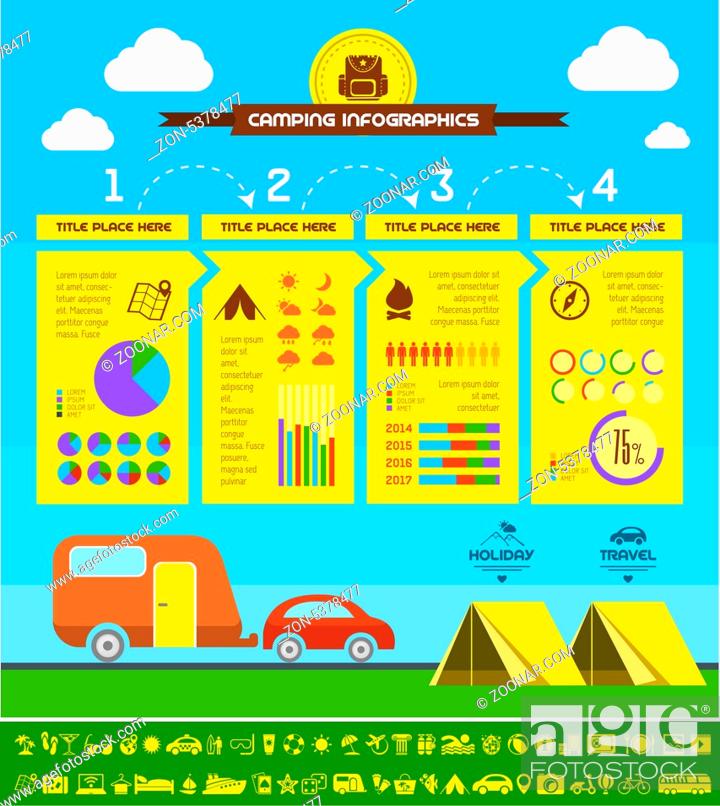Polyester fabric locates a varied series of applications throughout the garment industry. Whether you're an artist searching for a steady painting surface or a producer seeking strong attractive products, polyester canvas supplies the ideal balance of strength, versatility and environment-friendly top qualities.
Nevertheless, some people like cotton for its breathability and soft qualities. Garment designers might want to consider a 50/50 Cotton/Polyester blend for projects that need both durability and convenience.
Cost
Cotton canvas is more costly than polyester as a result of its resource-intensive growing process. It additionally calls for cautious handling and storage to preserve its quality over time. These added expenditures can increase the overall expense of manufacturing for artists and manufacturers.
An additional disadvantage to cotton canvas is its susceptibility to fading and damages from UV exposure. This can cause minimized shade vibrancy gradually and a loss of architectural stability, specifically in locations that experience frequent get in touch with or heavy load-bearing.
In contrast, polyester is a synthetic fiber that's engineered for consistency and durability. This makes it a much more cost-effective option for manufacturers and purchasers, specifically in areas where durability is a leading priority. The product's stamina additionally provides better resistance to wrinkles and fracturing in time. The artificial nature of polyester, nevertheless, can leave a bigger environmental footprint than cotton canvas if it's not sourced from natural or low-impact systems. This is a vital consideration for companies pursuing sustainability and eco-conscious branding.
Durability
Out there for canvas rolls, buyers deal with a wide variety of alternatives with contending concerns. Cotton provides natural structure and breathability, suitable for brand names concentrated on sustainability and artisan craftsmanship. Polyester, on the other hand, provides a well balanced mix of strength and stability and printing performance with color vibrancy and resilience.
Inevitably, the material you choose for your items must mirror the directing principles of your brand name story and values. While cotton can supply a premium aesthetic, it's also prone to shrinking and maintenance prices, while polyester allows much better production effectiveness and long-term expense effectiveness.
Both materials are durable and execute well in damp environments, but their contrasting high qualities make them suitable for different applications. Cotton canvas is a lot more breathable, decreasing the threat of mold and mold in locations with high humidity. Polyester, on the other hand, is waterproof and dries out rapidly in settings where wetness can be troublesome. This can lower the danger of moisture accumulation in the fabric, preventing bending or rot in your item with time.
Convenience
When reviewing fabric alternatives for your brand-- whether you're starting a workwear line or a comfortable compass loungewear brand-- the kind of cotton or polyester canvas you pick influences exactly how your items look, feel, and put on. While all canvas types support print-on-demand and use high form stability, they vary in color discussion and printing toughness, comfort, and sustainability.
Cotton and cotton-polyester blends use a soft appearance, all-natural organic appearance, and remarkable heat equilibrium compared to synthetic options. Cotton's fibers wick moisture far from the skin and permit warmth to escape, making it optimal for apparel that calls for prolonged wear in warm atmospheres.
On the other hand, polyester's synthetic nature and petroleum-based production procedure have an adverse power equilibrium, which can make it much less environmentally friendly than cotton over time. Polyester's abrasion resistance and water-repellency are superb, however, which makes it the excellent selection for hefty tons or rough weather like rainstorms or marine setups.
Ecological Effect
Whether selecting cotton or polyester, the suitable product for customized production depends upon product performance goals. Strength, durability, and long life are all important variables when developing products that will endure repetitive abrasion, heavy load-bearing, or high stress and anxiety points. Water resistance, seam honesty, and UV stability are also important to lasting success in outside and wet environments.
While both materials can perform well in these locations, their ecological influence is somewhat different. Cotton's all-natural, breathable building and construction calls for considerably more sources for farming than polyester's artificial fibers.
When picking an eco sustainable material, think about a wide variety of effect analysis methods to gauge the full ecological footprint of your item. Some concentrate on specific impacts (like international warming potential, water use, and scarcity) while others depend on more all natural analyses like Dish, ILCD, CML, and Eco-indicator 99.
